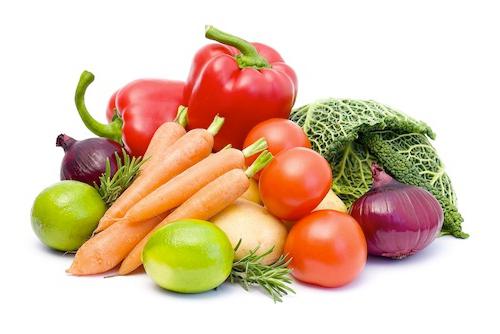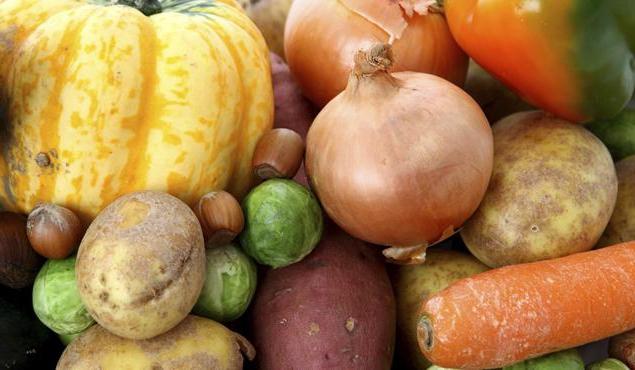Vegetables are a must for every healthy person. The list of vegetables grown is extremely wide and includes many dozens of items. But not all vegetables can be combined in nutrition with other groups of products.

Supporters of separate nutrition conditionally divide vegetables into starchy and non-starchy. This is done to identify compatible and incompatible products.
Non-starchy vegetables
Their list includes vegetables such as cucumbers, gherkins, cabbage (white, Brussels, red, broccoli), bell peppers, asparagus, peppers, turnips, onions and others.
In nutrition, they can be combined with fish, meat, fruits, herbs and fats. Starchy vegetables go well with non-starchy ones.

The list of non-starchy vegetables is wider than starchy ones. This is due to the fact that this includes a variety of greens. These are parsley, lettuce, watercress, dill, basil, celery, lettuce, rhubarb, purslane, leek, dandelion and nettle leaf, sorrel, asparagus, arugula, and so on. Non-starchy vegetables are combined with many other foods and are an essential part of healthy eating systems.
With separate nutrition, only combinations of non-starchy vegetables and dairy products are unacceptable.
Starchy vegetables
The list of starchy vegetables is: eggplant, zucchini, carrots, green peas, pumpkin, beets, radishes, turnips, squash, corn, rutabaga, Jerusalem artichoke, parsley, celery and horseradish roots . The list of products with which they are perfectly combined includes non-starchy vegetables.
The list of vegetables that are rich in starches includes cauliflower, which is not entirely obvious. When eating starchy vegetables, it is necessary to supplement food with light fats (cream, sour cream, vegetable oil). With this supplement, these products are beneficial to the human body and are well absorbed.

It is not recommended to use starchy vegetables in combination with protein products such as meat, eggs, milk and fish. In addition, it is undesirable to consume them simultaneously with fruits and sugar.
Special products
A special place in the classification of vegetables is reserved for tomatoes. These vegetables are especially rich in acids. In compatibility, they are similar to some fruits, such as pomegranates or citrus fruits.

We examined two classes of vegetables. And which one is our favorite potato? According to nutritionists, it does not apply to vegetables, but is included in the list of starchy foods, like cereals.
The intermediate link between the considered groups of vegetables with separate nutrition are legumes. Most legumes, like cereals, are high in starch. For example, beans, dried peas and lentils have up to 45% starches, but they also contain a lot of vegetable protein. Therefore, for digestion, legumes and cereals are heavy food. Only soy among legumes contains only 3% of starches.
Any vegetables, the list of which are both considered groups of vegetables, it is better to eat raw or after steam processing. Only with such preparation they retain all the minerals, vitamins and fiber necessary for proper nutrition.